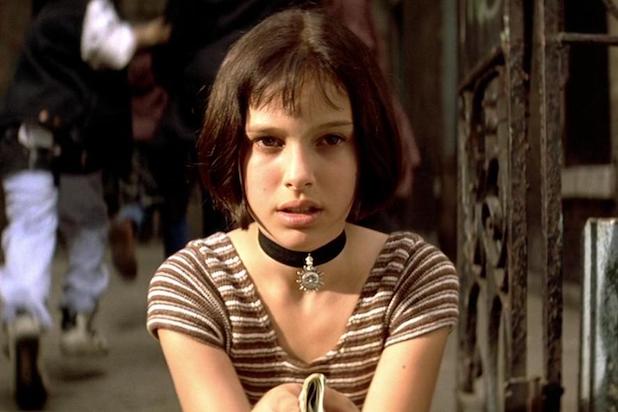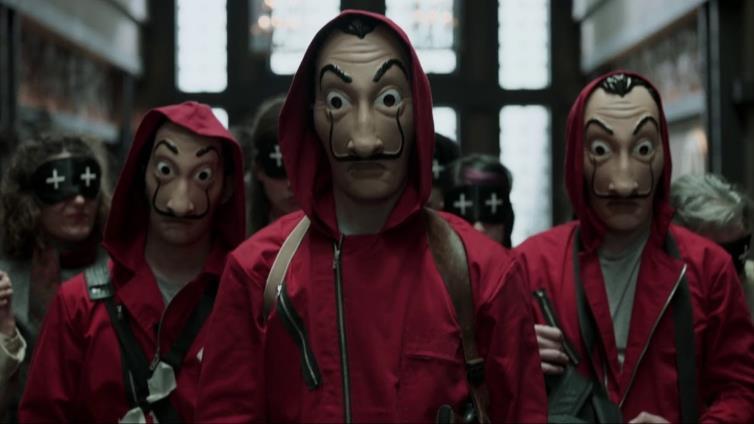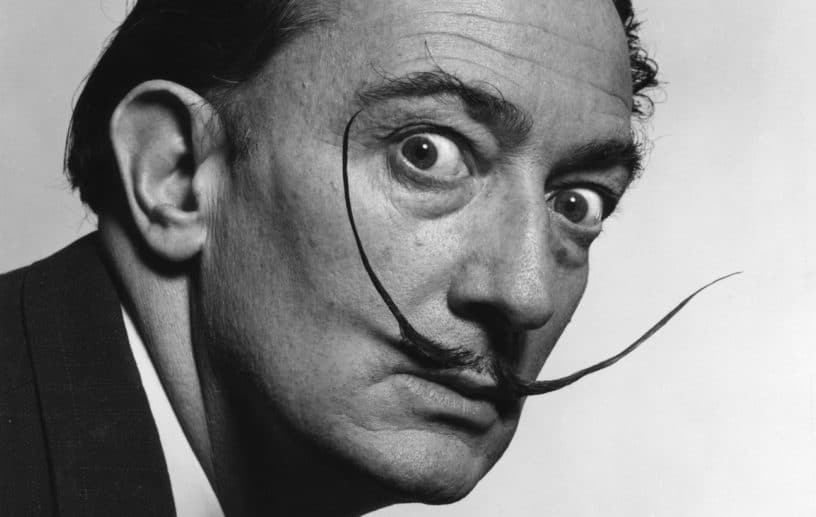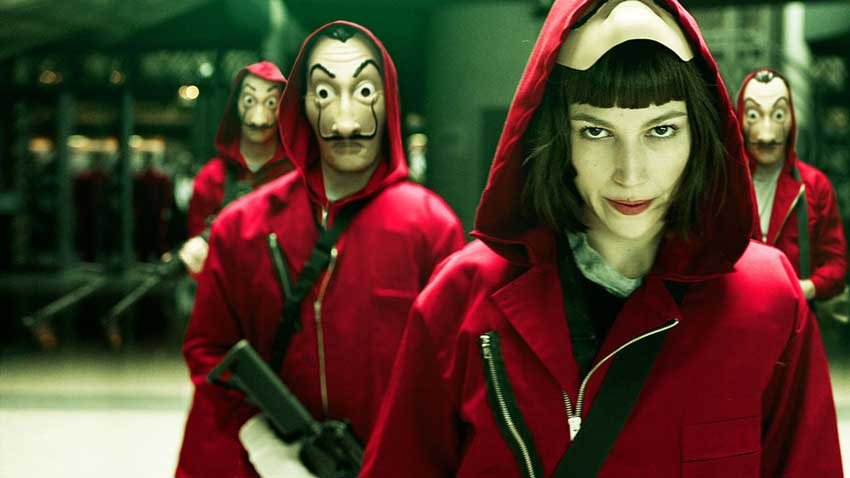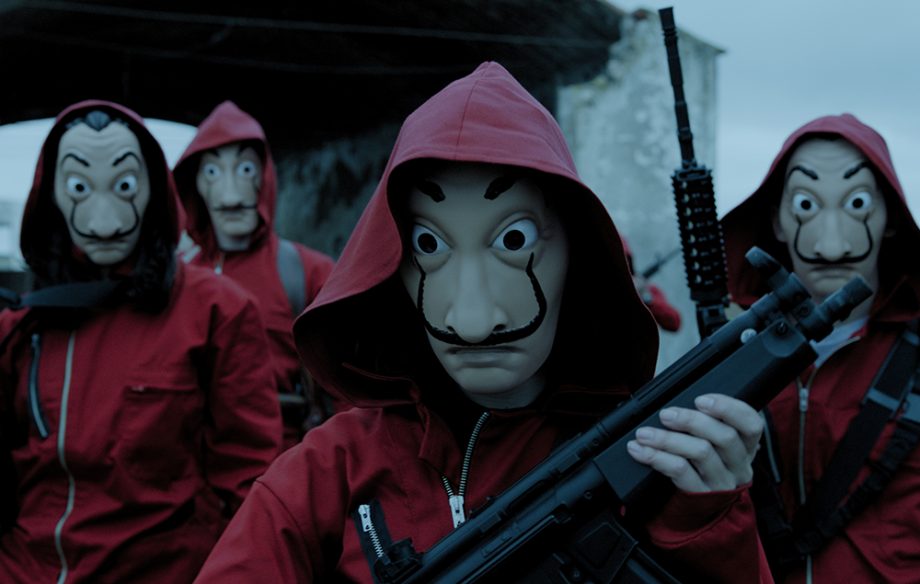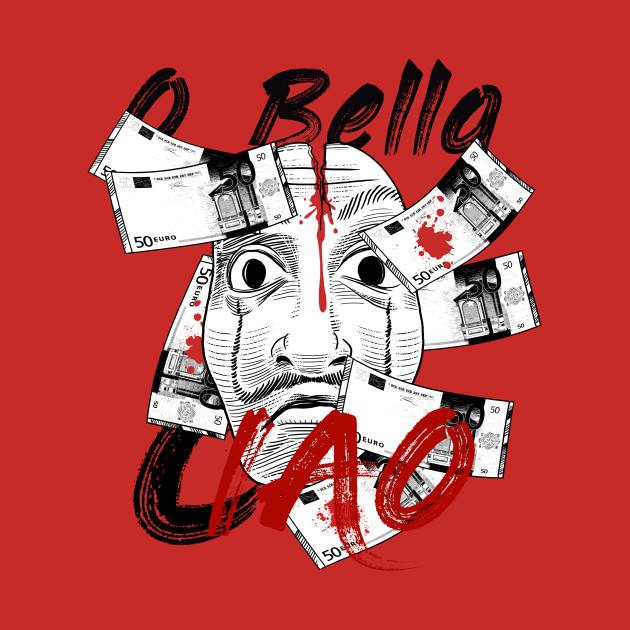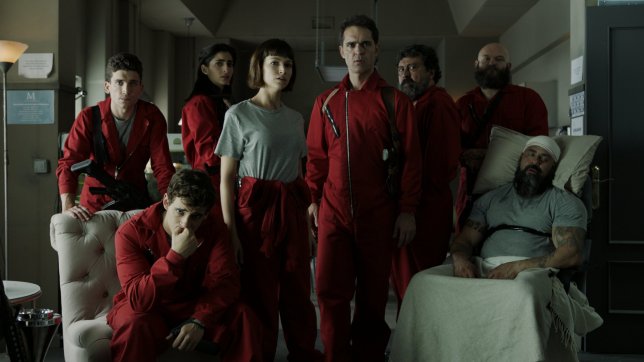10 Cool Facts You Should Know About Netflix’s Money Heist Before Watching Season 3
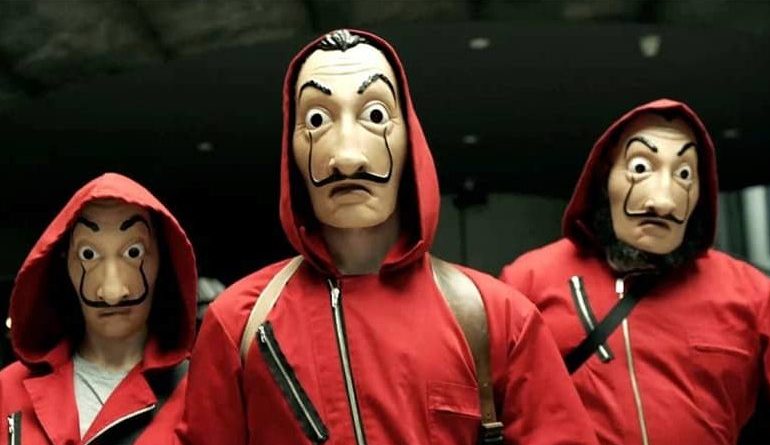
La Casa de Papel, or more popularly known as Money Heist, is a sensational show on Netflix which has been able to gain immense fan-following in a very short span of time. According to Forbes, it is the most popular foreign language Tv series on Netflix, beating another fan-favorite – “Dark”
So, we suggest you race through the first two seasons if you are amongst the rarest of the population of people who have not seen it, as Season 3 has been released and fans cannot wait to see how the story unfolds. The show is filled with twist and turns, and you will be on the edge of your seat throughout.
As the latest season just came out, here are 10 amazing facts about the series that will make your wait unbearable.
#1: Inspiration from Natalie Portman’s character in Leon: The Professional
Ursula Corbero’s character Tokio is heavily inspired by Natalie Portman’s character in her iconic movie Leon: The Professional (1994). The makers gave Tokio the same haircut as Natalie and they even designed her clothing to replicate Natalie’s character.
#2: They were supposed to have terminal diseases
In the original draft, the makers had a different angle in mind regarding the characters. All of the robbers were meant to have terminal diseases and that would be the main reason why they would unite to attempt this heist.
#3: Denver’s Trashy Laughter
The scriptwriters incorporated the unique laughter of the character Denver even before Jaime Lorente was cast in the role. The script simply called for “trashy laughter”, which was different for every actor who auditioned it. But it was Jaime, who made the laugh so amazing.
#4: Homage to Salvador Dali
As the show is made in Spanish, there are several references to the Spanish culture throughout the show. The most noticeable one is about the famous Spanish surrealist painter Salvador Dali. The robbers wear the mask of Salvador Dali, who spoke highly of causing confusion and not limiting one’s imagination – exactly what the Professor and the heist gang are doing.
#5: The episodes were cut short for American audience
The show originally had episodes having an average run time of 70 minutes. After Netflix acquired the International rights to stream the series, it re-cut the episodes to an average run time of 45 minutes in order to cater to the Western audience and their habit.
#6: Original Title – “La Casa de Papel”
The show Money Heist’s real name is La Casa de Papel in Spanish, which translates in English to “The House of Paper”. This is a clear reference to the premise of the show which revolves around the paper, or in other words Money.
#7: The Music represents Resistance
The Music fits their tagline, “join the resistance” very well as Money heist has a song which plays in the background several times, named “Bella Ciao”. It is a partisan Hymn, adapted from an old Italian country folk song from the latter part of the 19th century. During World War 2, the song represented the Italian resistance against Benito Mussolini
#8: Actors did not know what would happen next
The show makers shot the episodes in order and because of that the actors received the scripts for each episode as they were shooting, they did not have clue about what would happen next, they did not even about their characters’ date would be.
#9: Reference to “A series of Unfortunate Events”
Itziar Ituno, the actor who plays the role of Inspector Raquel Murillo, often ties her hair with a pencil to concentrate is a reference to Violet Baudelaire, (who uses the purple ribbon similarly) one of the three main characters of children’s novel series “A series of unfortunate events” written by Lemony Snicket.
#10: National Capital as nicknames
Almost all the members of the heist team chose national capital cities as nicknames: Berlin (Germany), Helsinki (Finland). Moscow (Russia), Nairobi (Kenya), Oslo (Norway) and Tokio/Tokyo (Japan). Only Denver (capital of Colorado) and Rio de Janeiro (capital of the state of Rio de Janeiro) were not national capitals.
